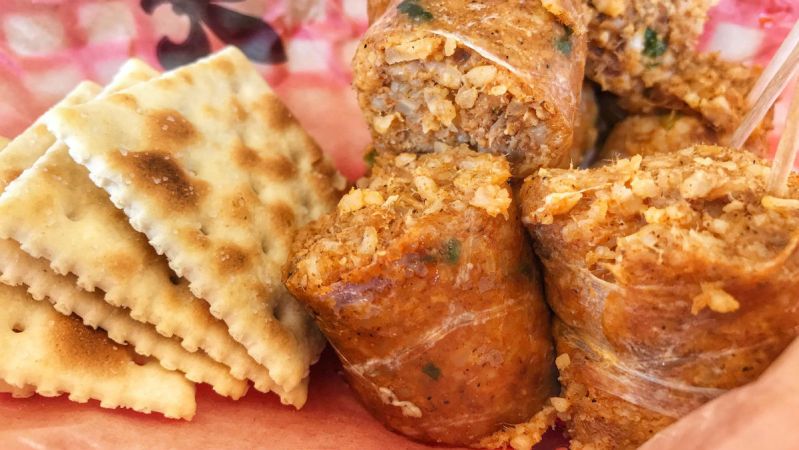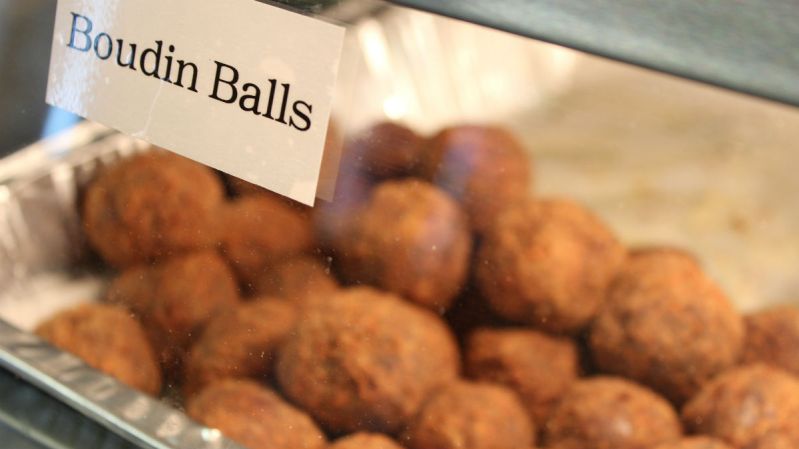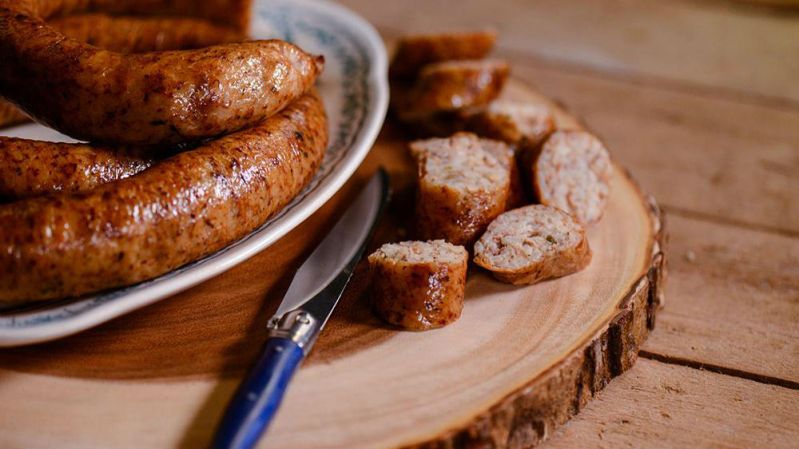Kentucky has its bourbon trail. Napa, its wine. Then, there’s the barbecue in Texas. However, if you’re after something more offbeat, Southern Louisiana’s Boudin Trail is for you. While understanding how sausage is made is typically an undertaking best avoided, that’s exactly what this classic Cajun trek promises to provide travelers.
Boudin is a unique sausage that’s been a staple finger food for Southern Louisiana locals since as long as anyone can remember. They’re happy to down it for breakfast (add a cold soda for the ideal “Cajun breakfast”), lunch, dinner, or all three. The basics of boudin are simple. First, know that it’s pronounced boo-DAN with a distinct dropping of the “n”. The degree to which you do or do not drop the “n” can immediately brand you as a foreigner.

As for the ingredients, the list almost always includes some amount of pork, rice, onions, liver, and a handful of dry seasonings like parsley, garlic, red pepper, salt, and black pepper. The exact ratio to create the perfect boudin is a debate likely never to be resolved. Every eatery bears their own secret recipe, and locals often declare allegiance to a select few. It seems there’s no perfect ratio of rice-to-meat, casing crispness, or level of spice to appease everyone. Variations, often subtle, exist between parishes — sometimes within parishes — as every boudin craftsmen looks to brand their own unique sausage.
Beyond the essential ingredients involved in making boudin, there are just as many variations in the preparation. Texas transplants, for example, often prefer their boudin smoked or grilled, no exceptions.

Boudin balls — created by rounding the filling, breading, and deep-frying — is another option. A simple boudin sandwich is as hearty and satisfying as it sounds: take two pieces of white bread and smear a heaping dose of boudin filling in-between. Chic restaurants are also fond of adding more gourmet ingredients like alligator, crawfish, or shrimp. For an out-of-this-world variation, head to B&O Kitchen (no website) in November for a cardiologist-approved, boudin-stuffed turducken (seriously).
To say Southern Louisiana takes its boudin seriously is a gross understatement. The region’s love of sausage borders on clinical obsession. It’s perhaps because of this that there’s no “official” boudin trail. They don’t discriminate. Any mom-and-pop grocery store, full-service restaurant, or roadside food shack that serves boudin along U.S. Interstate 10 is considered part of the trail. The Lake Charles tourism board offers a convenient, searchable sausage database, which currently features 33 eateries.

Finding a participating boudin-ery (our words, not theirs) is a matter of cruising the interstate with an eye toward the many banners and blinking signs advertising hot boudin. If you start your drive at 9 a.m., you’ll likely be full before 10 a.m.
Like all things in that part of Louisiana, eating boudin is an informal affair. This is due to the fact that it’s meant to be eaten as fresh as possible. For most Acadians, that often means on the spot. Once ordered, the links will be plucked from a steamer or slow cooker, weighed, and presented in butcher paper with a few napkins. “Haute cuisine” this is not, and that’s just way the locals like it. Chances are good the sausage won’t make it out of the parking lot before being consumed. That being said, most establishments also provide delivery service or bulk boudin to pack in your own ice-filled to-go cooler.
To get started on your own boudin-inspired road trip, check out every stop along the officially unofficial boudin trail. Just remember to pack the Prilosec and a change of stretch pants.


